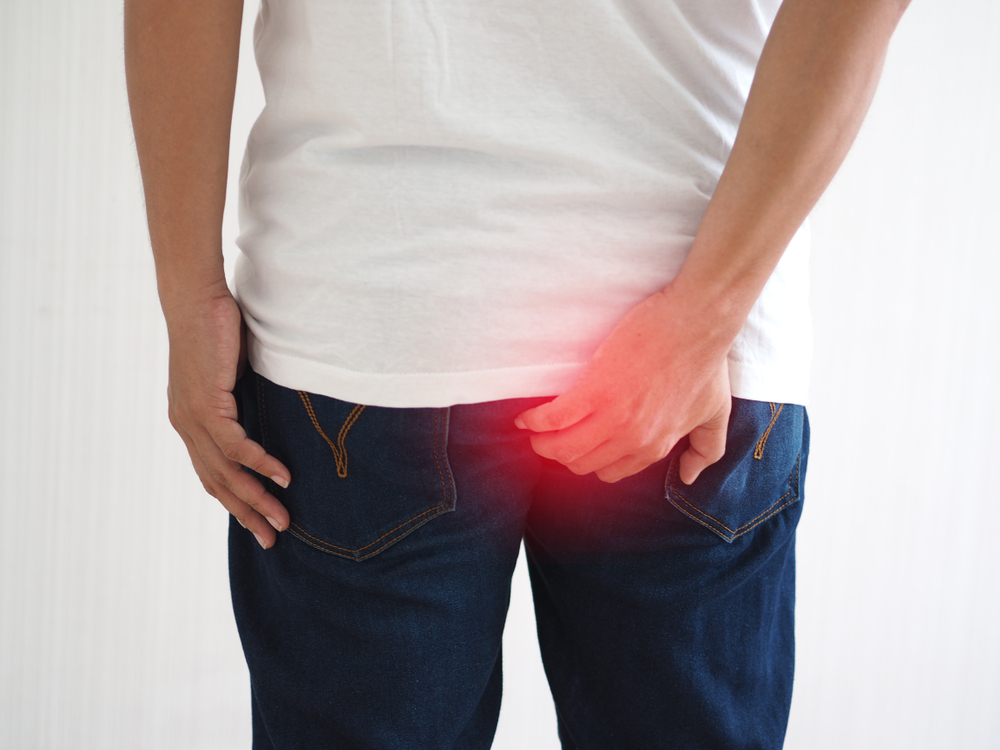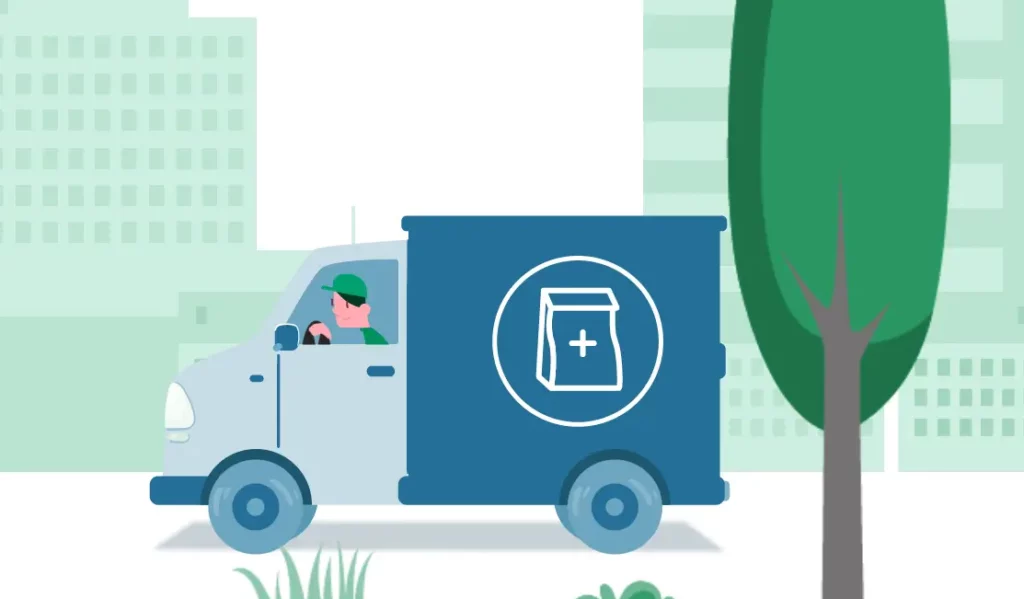Piles, or haemorrhoids, are swollen veins in your rectum and anus. They can be internal, inside the rectum, or external, under the skin around the anus. Internal haemorrhoids often cause painless bleeding during bowel movements, while external haemorrhoids can be painful and may bleed. If a blood clot forms in an external haemorrhoid, it can become a thrombosed haemorrhoid, which is extremely painful and might need medical treatment.
Piles are very common. About half of all adults experience haemorrhoids by the age of 50. Factors like chronic constipation or diarrhoea, straining during bowel movements, sitting for long periods on the toilet, a low-fibre diet, and pregnancy increase the likelihood of developing piles. Family history also plays a role.
Living with piles can be uncomfortable and painful. Symptoms such as itching, pain, swelling, and bleeding can disrupt your daily life.
How to get rid of piles quickly?
Here’s a step-by-step guide to help you get rid of your piles using treatments and routines that you can easily do at home:
Use appropriate medications
- Hydrocortisone creams: Apply these directly to the affected area to reduce inflammation and itching
- Witch hazel pads: These can soothe irritated skin and reduce swelling. They are often available in pre-moistened pads
- Painkillers: Oral painkillers like paracetamol, ibuprofen, or aspirin can help reduce pain and discomfort
Take a warm bath
Soak in a warm bath for 15-20 minutes, several times a day, especially after having a poo. This can help reduce swelling and ease pain. Ensure the water is warm, not hot, to avoid further irritation.
Keep your bum clean
Keep the anal area clean by gently patting it with moist wipes or a damp cloth after you poo. Avoid using dry toilet paper, which can be abrasive.
Use a cold compress
Apply an ice pack or cold compress to the affected area for 15 minutes several times a day to reduce swelling and numb the area.
Increase your fibre intake
Eat high-fibre foods such as fruits, vegetables, whole grains, and legumes. This helps soften the stool and reduces straining during bowel movements.
Consider taking fibre supplements like psyllium or methylcellulose if your diet lacks sufficient fibre.
Don’t strain when you poo
Go to the toilet as soon as you feel the urge to avoid straining. Sitting for too long on the toilet can also increase pressure on the veins in the rectum and anus.
Get plenty of exercise
Regular physical activity helps prevent constipation and reduces pressure on veins, which can help alleviate and prevent piles.
Frequently asked questions about haemorrhoids
How long does it take to get rid of piles?
Recovery time for piles varies. With home treatments, symptoms may improve in a few days to a week. Severe cases may require medical intervention.
How to get rid of piles fast?
To get rid of piles fast, try hydrocortisone creams, warm baths, proper hygiene, and a high-fibre diet. Consult your doctor or pharmacist in severe cases.
How to get rid of piles permanently?
To get rid of piles permanently, enjoy a high-fibre diet, drink plenty of water, and avoid straining when having a poo. If your case is severe, your doctor may recommend surgery to help get rid of your piles immediately.


